Why Goblins? (and not Orcs)
In the first two weeks following our demo release, we’ve been getting a lot of comments from various sources about how it’s tempting to call the cast of The Inverted Spire “orcs" rather than "goblins." Given their humanoid shape and miniature tusks, this is entirely understandable!
There is, however, a story behind why yours truly (the writer) ultimately made the conscious decision to call them goblins.
Are you curious? Then by all means, read on!

As a long-time fantasy enthusiast, I was first introduced to orcs through J.R.R. Tolkien, who came to the word by way of a conflation in Old English etymology with a Latin-based word for a god of the underworld (Orcus).
In Tolkien’s Middle Earth mythology, they were a species “bred in mockery of the elves.”
This, dear reader, is where it started to get a little weird for younger me.
Tolkien’s orcs, by some bizarre twist of fantasy Social Darwinism, are inherently evil. Themes of "corruption" vs. "blood purity" run rampant in his work. Descriptions of their features also bear an uncomfortable similarity to orientalist caricatures of the early 20th century, and Tolkien himself gives lip service to the connection.
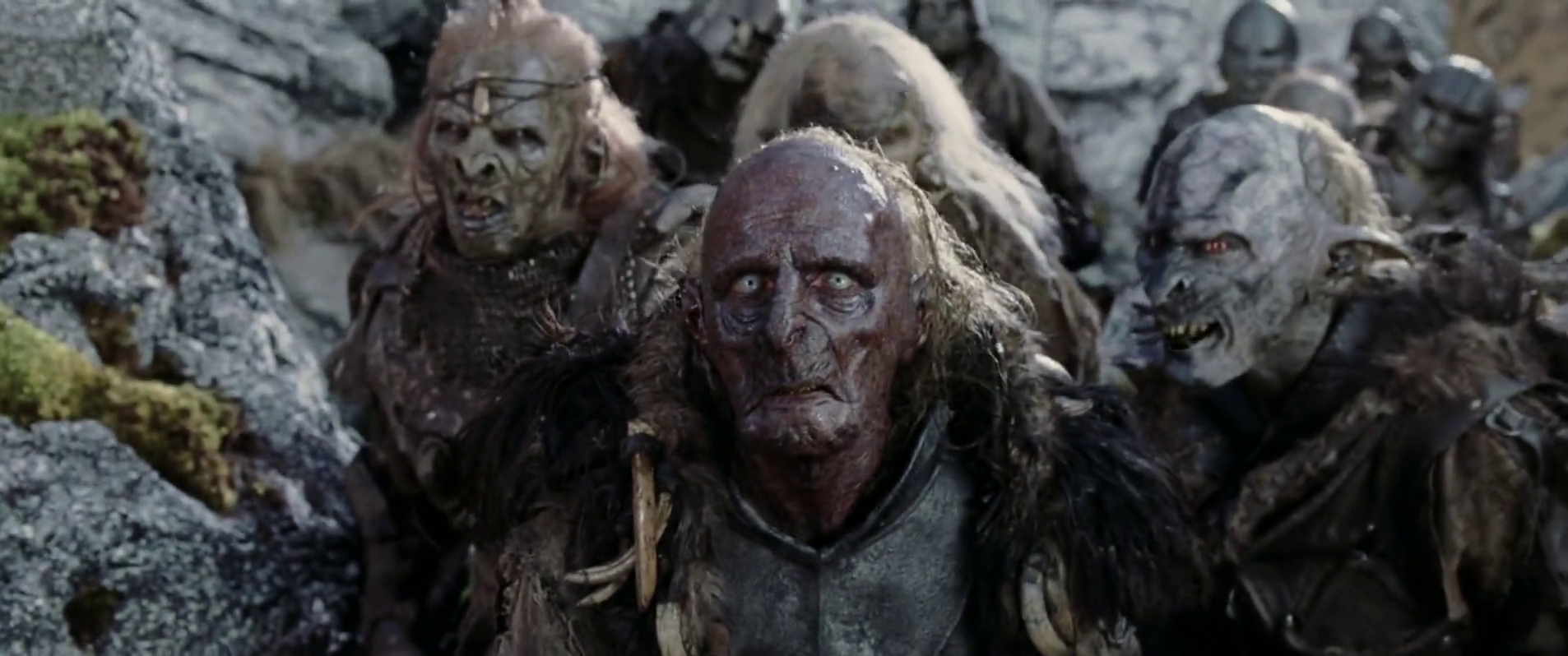
I do acknowledge that Tolkien also went out of his way to condemn race science in his personal writings. This interpretation has no bearing on my opinion of the man himself. However, it is not uncommon for unconscious bias to slip into fiction. Even as a child, reading his books and watching the movies for the first time, such troubling parallels with the racist war propaganda of his era were hard for me to unsee.
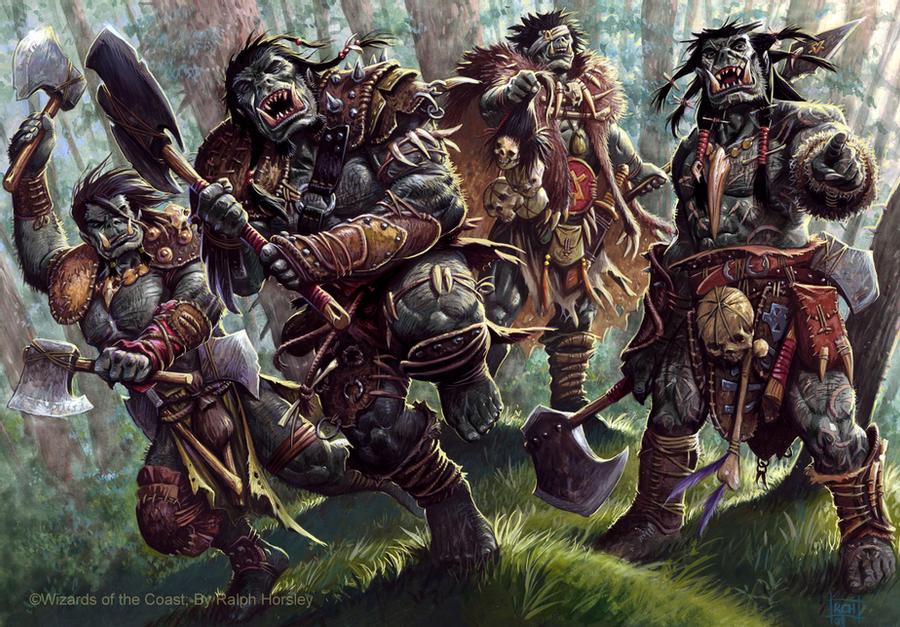
I was later reintroduced to orcs through Dungeons and Dragons.
This time, upon being given the opportunity, I was very excited to play a half-orc character.
It is here that I learned “racial intelligence penalties” were a part of character creation. Setting aside the dark real-world history invoked by this statement alone, I also learned the option of a fully orcish character was not accommodated by our setting. This was because orcs as a group were described as inherently "brutish" and "uncivilized." Characteristics that were supposedly kept in check by the presence of human genes in a half-orc.
Once again I felt myself staring down the barrel of some very uncomfortable parallels that made the experience feel bittersweet.
I will not beleaguer the point too much by dwelling on this topic, but suffice to say, I am a person who was, unfortunately, forced to confront legacies of racism at an early age. I still adore high fantasy, even if the racialized history of 20th century fantasy settings is a difficult one to shake.
If you are interested in learning more about it (and the recent social media hubbub somehow passed you by), James Mendez Hodes has some excellent articles on this theme (a link to his blog: https://bit.ly/3m1cp59). He is also far from the first to write at length on this topic, and indeed, it is a very common critique of "inherent racial traits" and other disconcerting staples of fantasy species in worldbuilding.
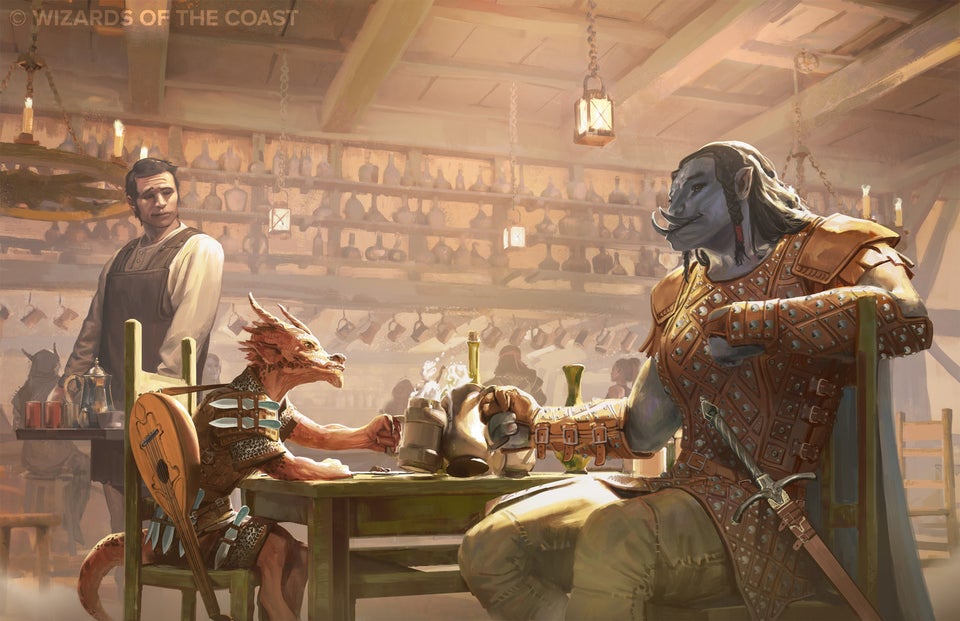
I would like to add that I have since observed many writers and artists reclaiming orcs through the lens of decolonization and anti-imperialism. This gives me joy to read, but it was not a trend I wanted to engage with through The Inverted Spire.
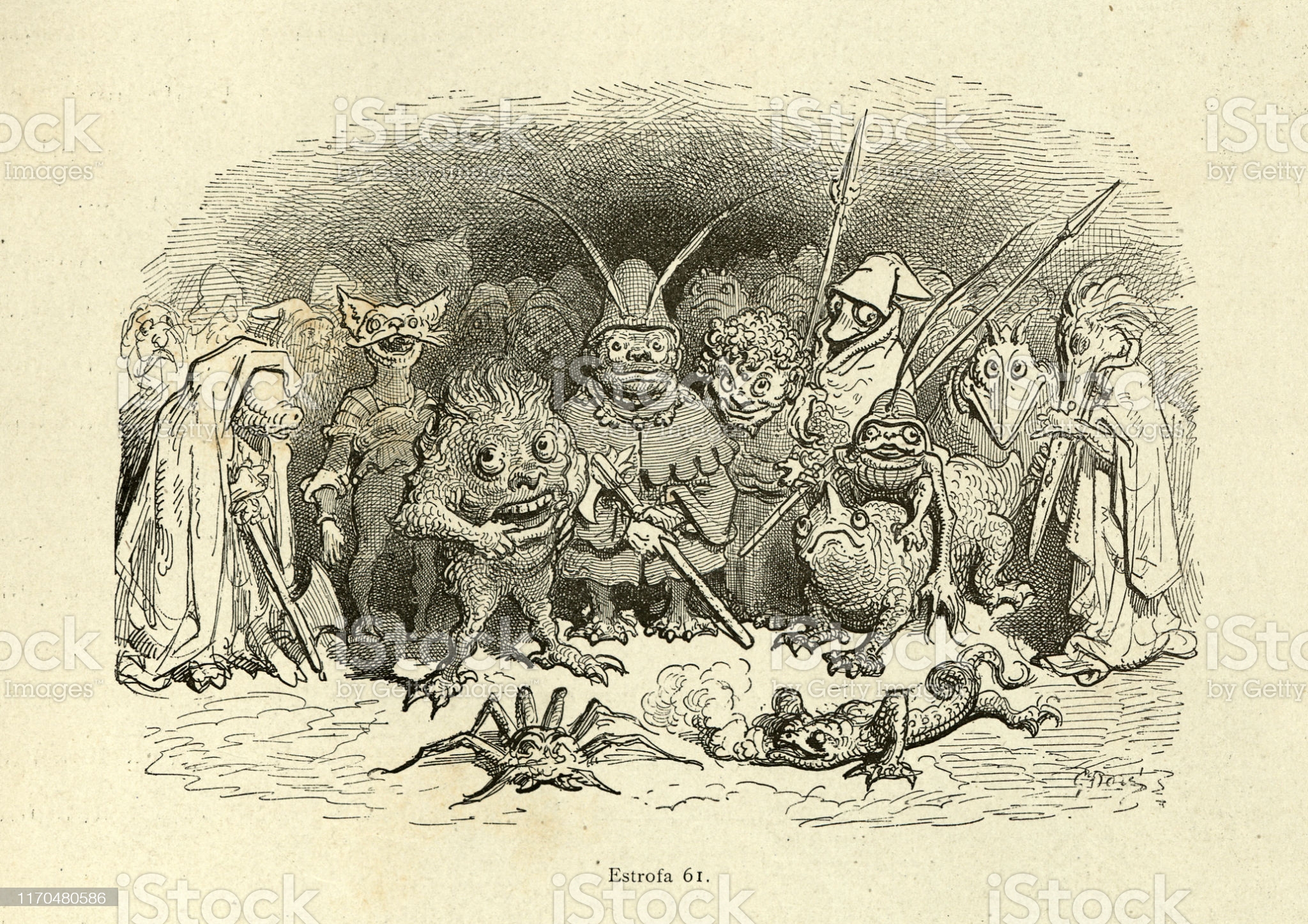
Goblins, by comparison, are fae creatures that I first encountered through folklore.
Their representation as a codified “monstrous race” in high fantasy settings, with all the biological essentialism that implies, was not known to me until much later.
Legends of goblin-like creatures as mischievous troublemakers around the world have also turned the word into a colloquialism. It’s pretty common in my circle to hear people refer to themselves, in a fondly self-deprecating way, as “goblins.”
One might even be tempted to say that goblins, like many other fantastical, but oddly sympathetic outsider monsters, have become a part of certain branches of queer culture.
Goblins also have an awkward history, in the pages of the occasional contemporary fantasy world, of being laden with anti-semitic stereotypes: they are depicted (whether out of subconscious internalization of such ideas or genuine intent) as greedy, power-hungry bureaucrats with a caricatured appearance straight out of a Nazi political cartoon.
This, I must confess, is a trend yours truly takes unique pleasure in subverting.
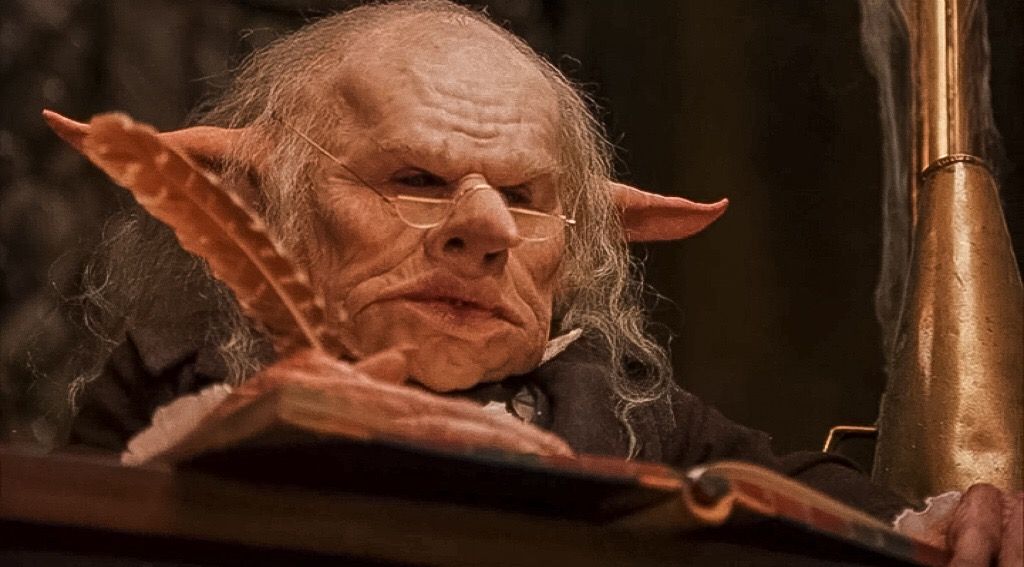
But even the word “goblin,” as it is employed in The Inverted Spire, is ultimately a linguistic convenience.
You see, (plot twist) the creatures of New Order are not derived from a specific goblin legend. This comparison came to me later, after perusing the first sketchbook drafts of the cast, which were human/spotted hyena hybrids.
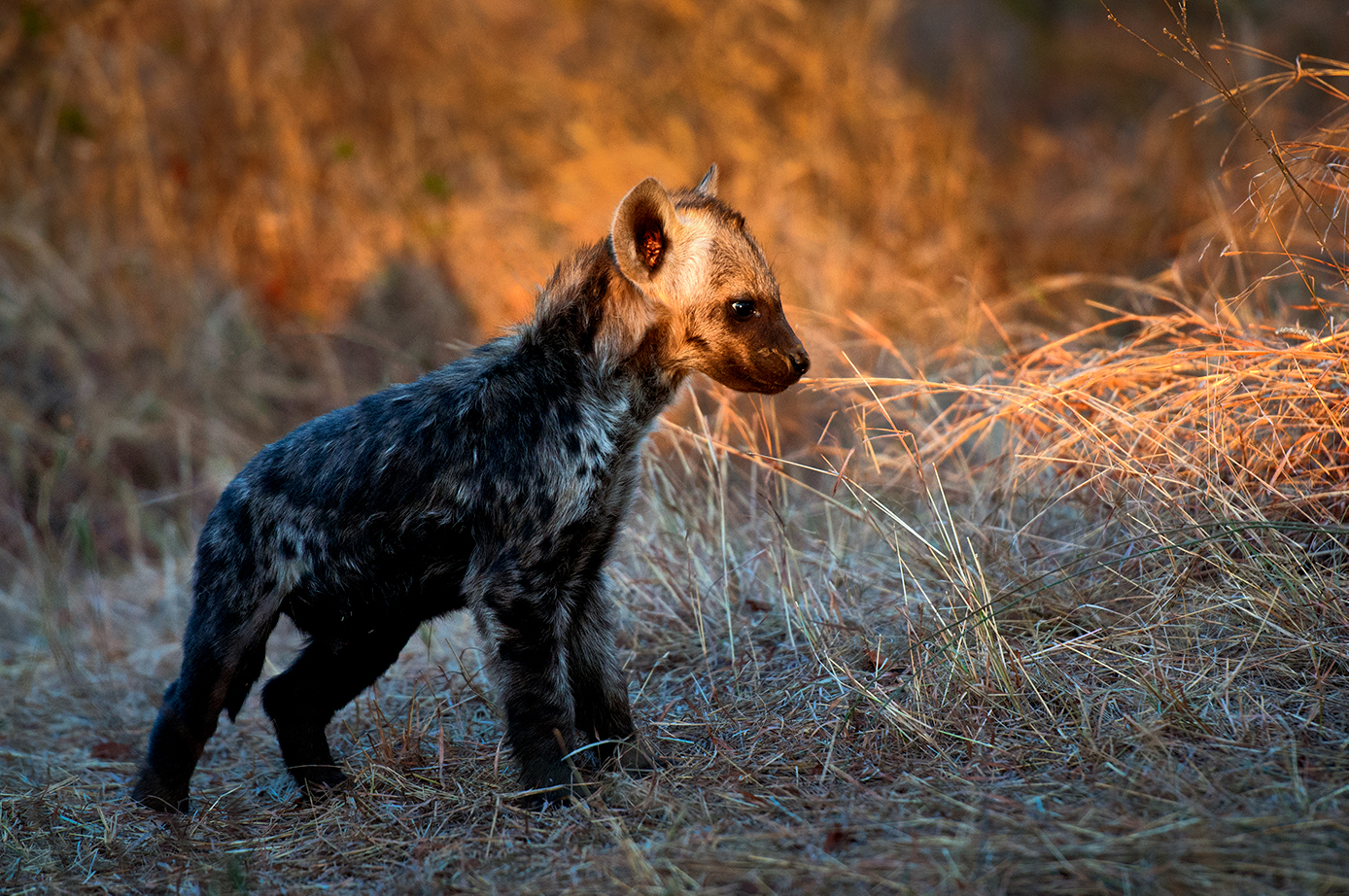
The finalized designs of our characters have departed a great deal from their origin. However, aside from their spots and fangs, there is one other essential feature that remained intact:
Spotted hyenas have long presented a challenge to traditional narratives about mammalian sex differentiation in biology. Their unique external genitalia and matriarchal social hierarchies aren’t an easy fit for century-old Western taxonomies of sex and gender.
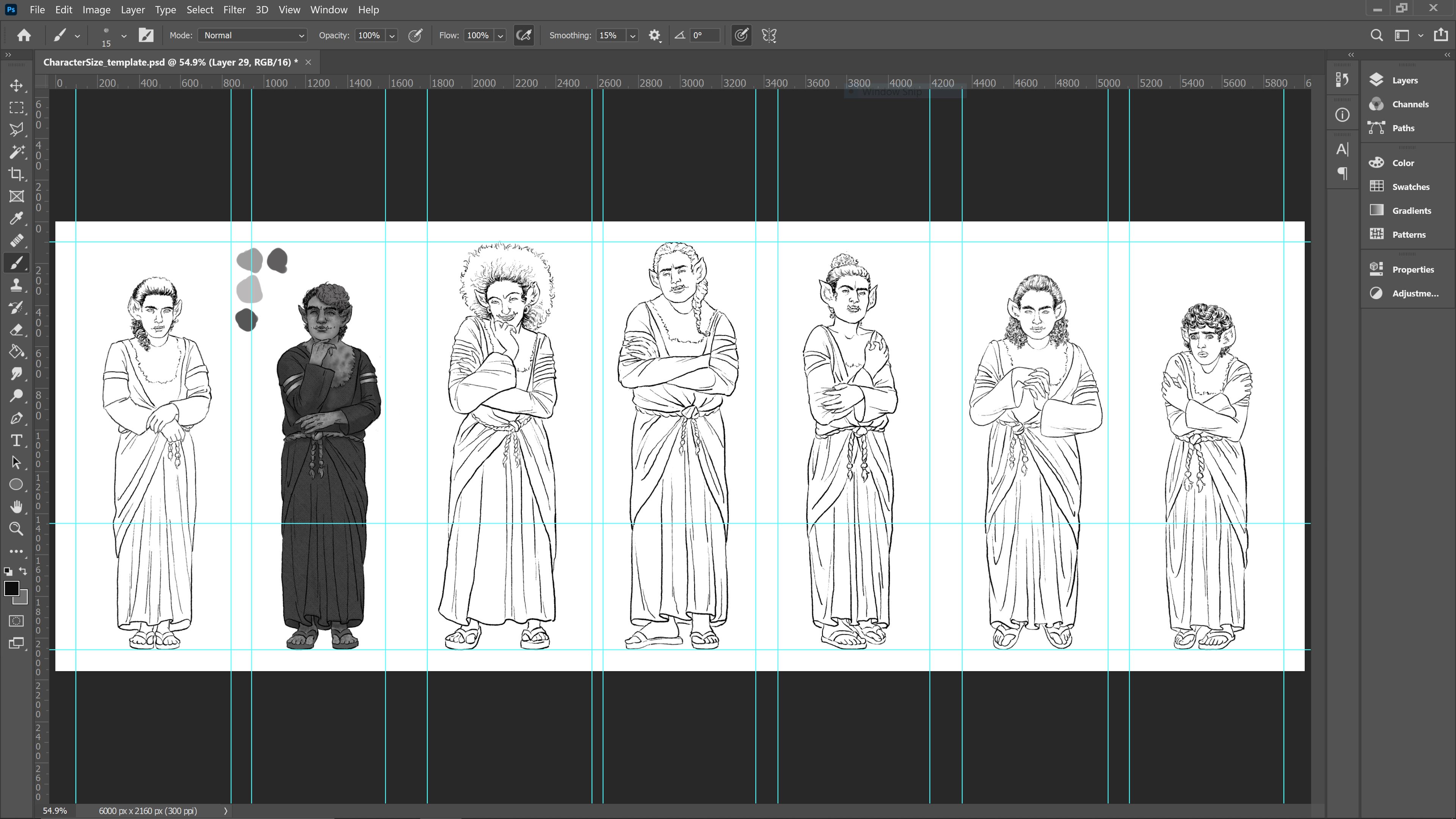
With The Inverted Spire, creating a society without a concept of gender was my ambition from the start.
All goblin designs are intentionally androgynous. Whether a particular goblin reads as “masculine” or “feminine” is up to the player’s discretion, but the goblins themselves recognize no such duality. Even in the context of reproduction, a gestating partner is simply “very patient.”
Androgynous, deeply imperfect, but nonetheless loveable oddballs— as I stared at the sketches in my notebook, I felt “goblins” was just the word for it.
Get The Inverted Spire
The Inverted Spire
Goblin mages dungeoncrawl to redemption.
| Status | In development |
| Authors | N. A. Melamed, feardeer, Mickey Hoz |
| Genre | Visual Novel, Interactive Fiction |
| Tags | Amare, Dark Fantasy, Dystopian, Horror, LGBT, Meaningful Choices, Mystery, Romance, Story Rich |
| Languages | English |
| Accessibility | Color-blind friendly, High-contrast |
More posts
- Progress, Deep Lore and Significant DetoursJul 14, 2023
- Game Updates and the Shadow of WarMar 15, 2022
- Love among the Damned: On Romance in the Inverted SpireFeb 15, 2022
- Goblin Fashion and Sexy Drug Gloves: On Clothing as Worldbuilding in The Inverte...Jan 19, 2022
- 2022, Here we come~Dec 31, 2021
- New Release available for download!Dec 01, 2021
- On What We're Learning from Working with our Beta ReadersOct 15, 2021
- On Painting Facial Expressions and a New Team Member!Oct 04, 2021
- On Worldbuilding and Ursula K. Le GuinSep 16, 2021
- Visual Novels as Theatre & Other Storytelling InspirationsAug 31, 2021
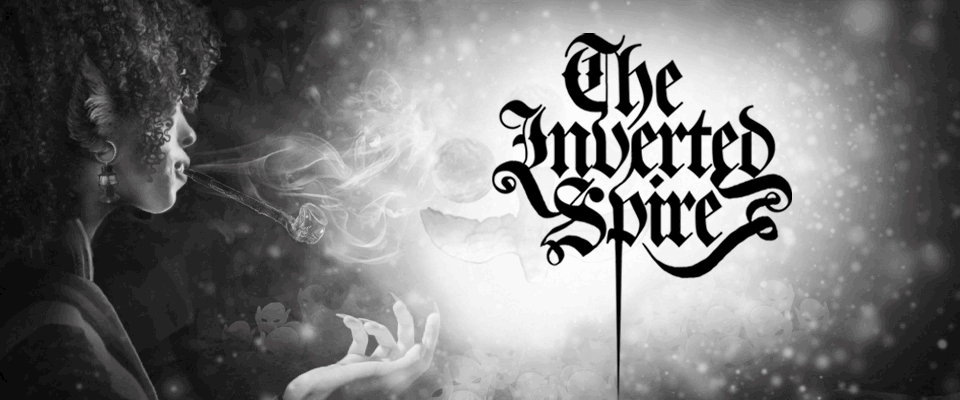
Leave a comment
Log in with itch.io to leave a comment.